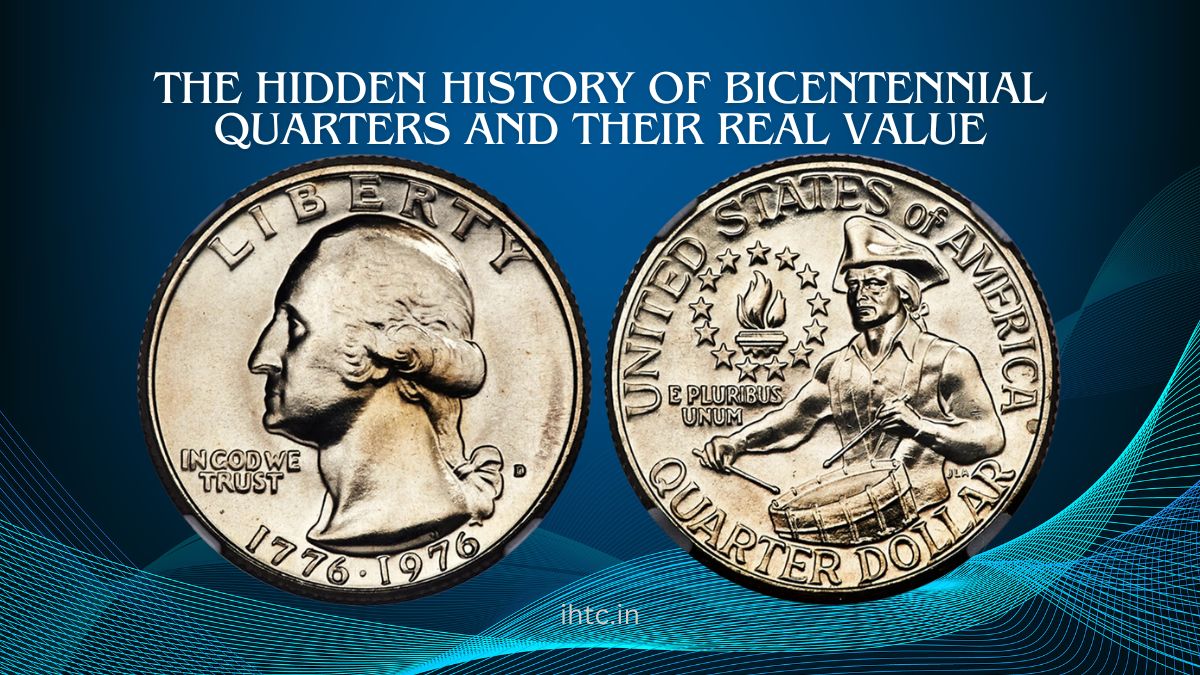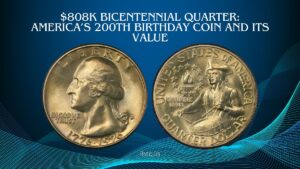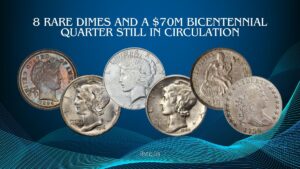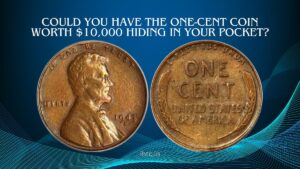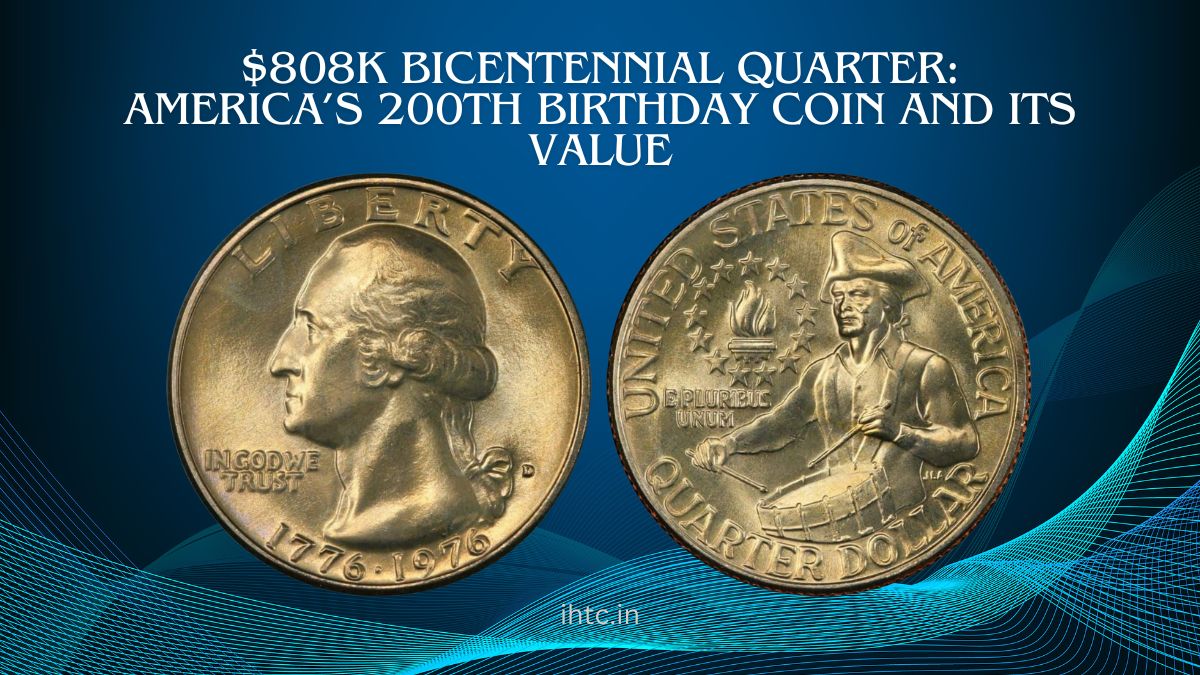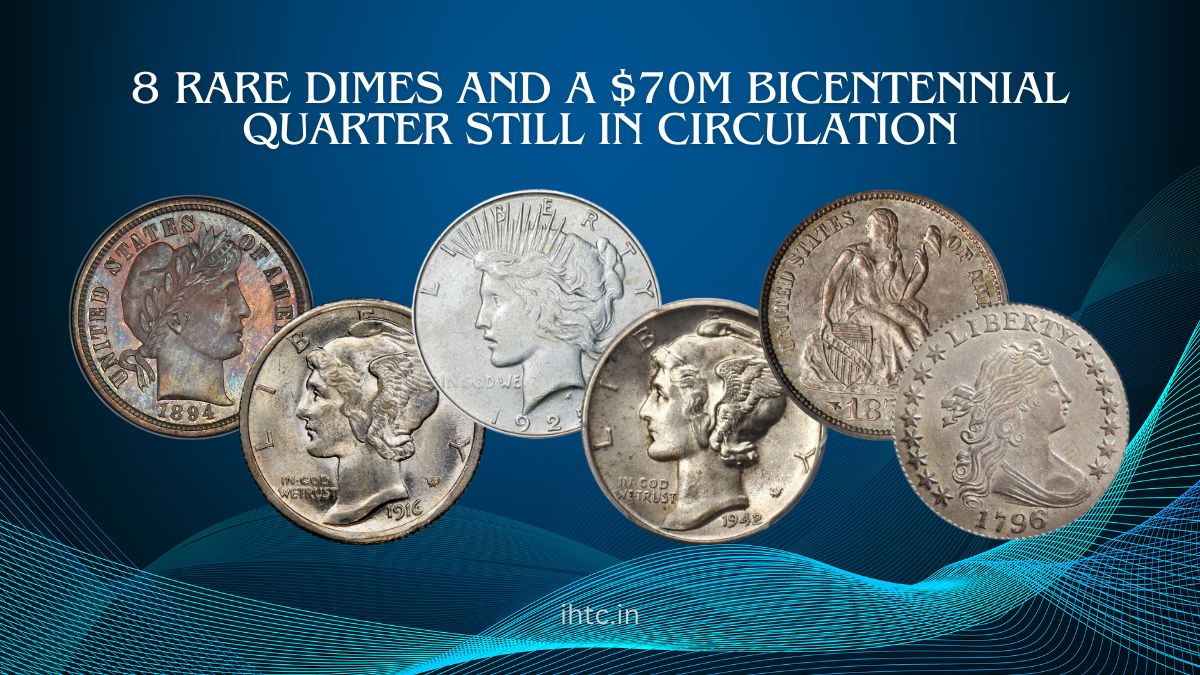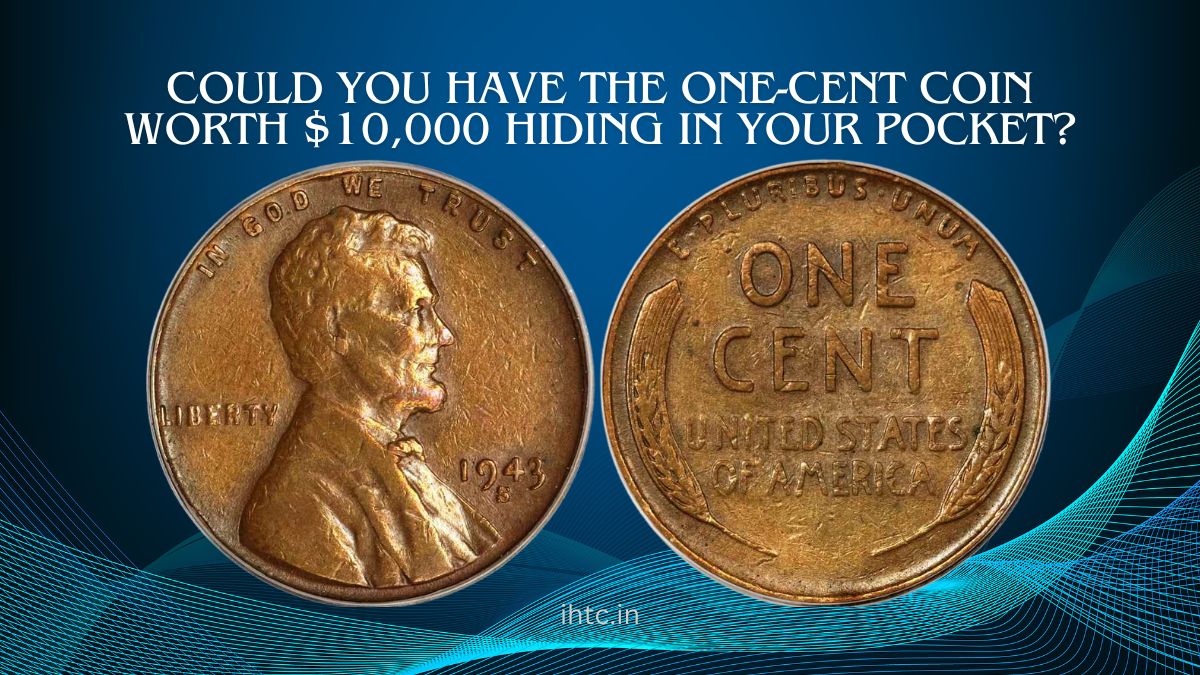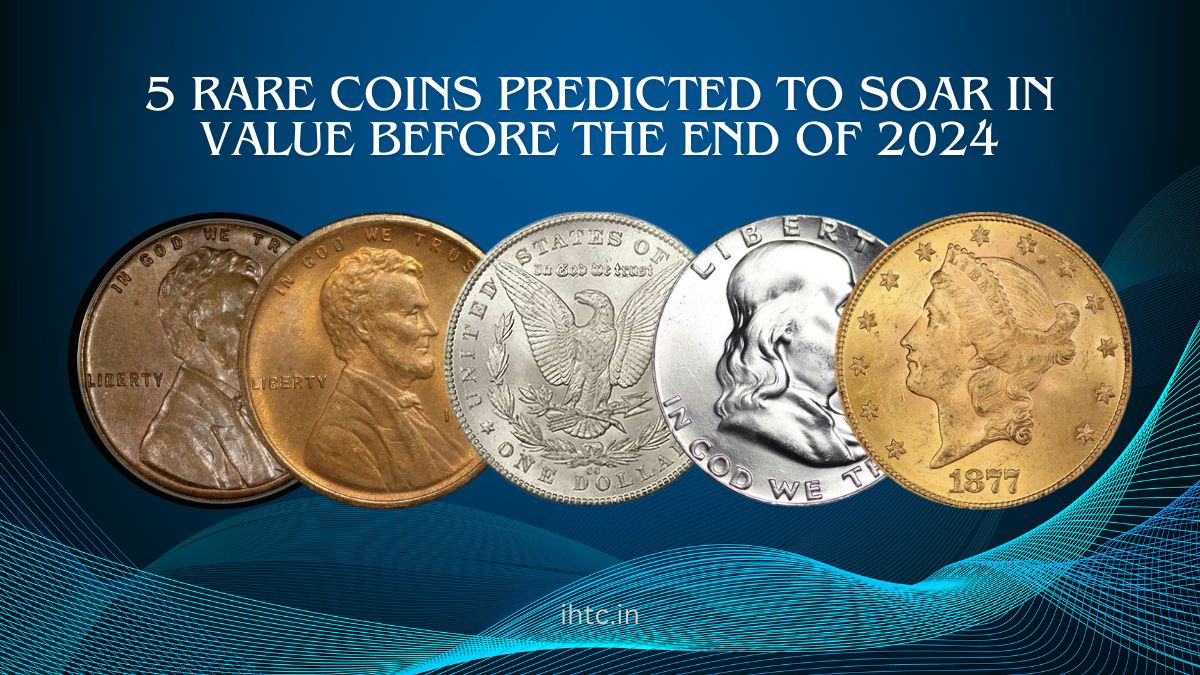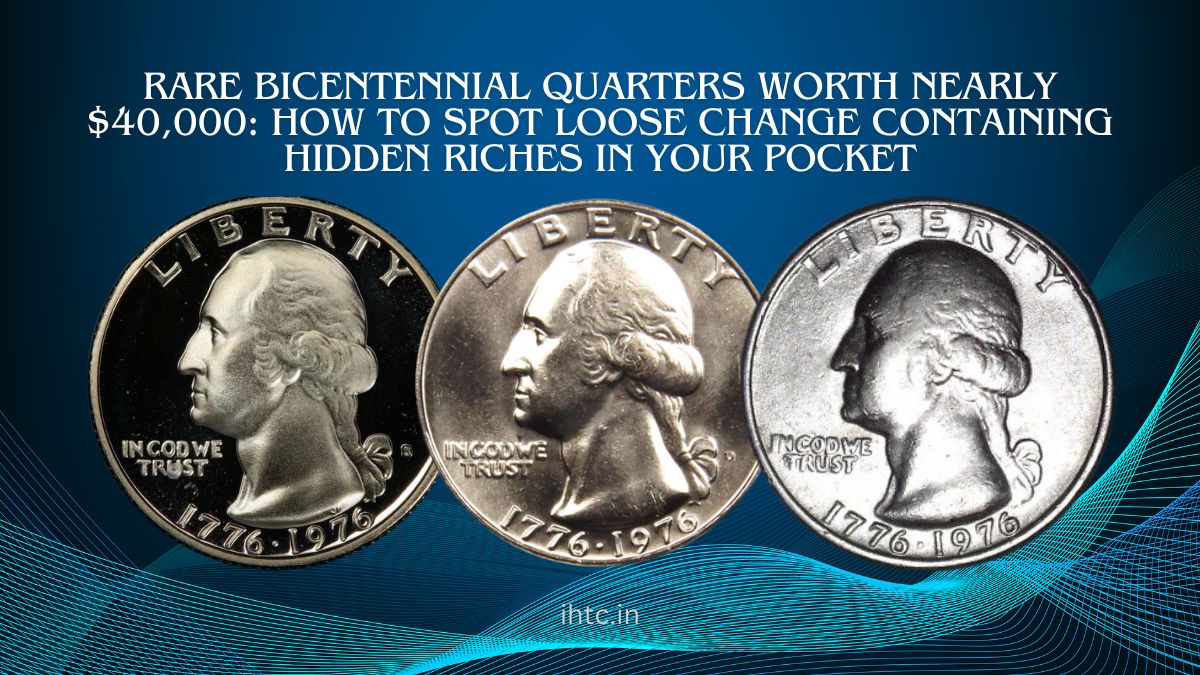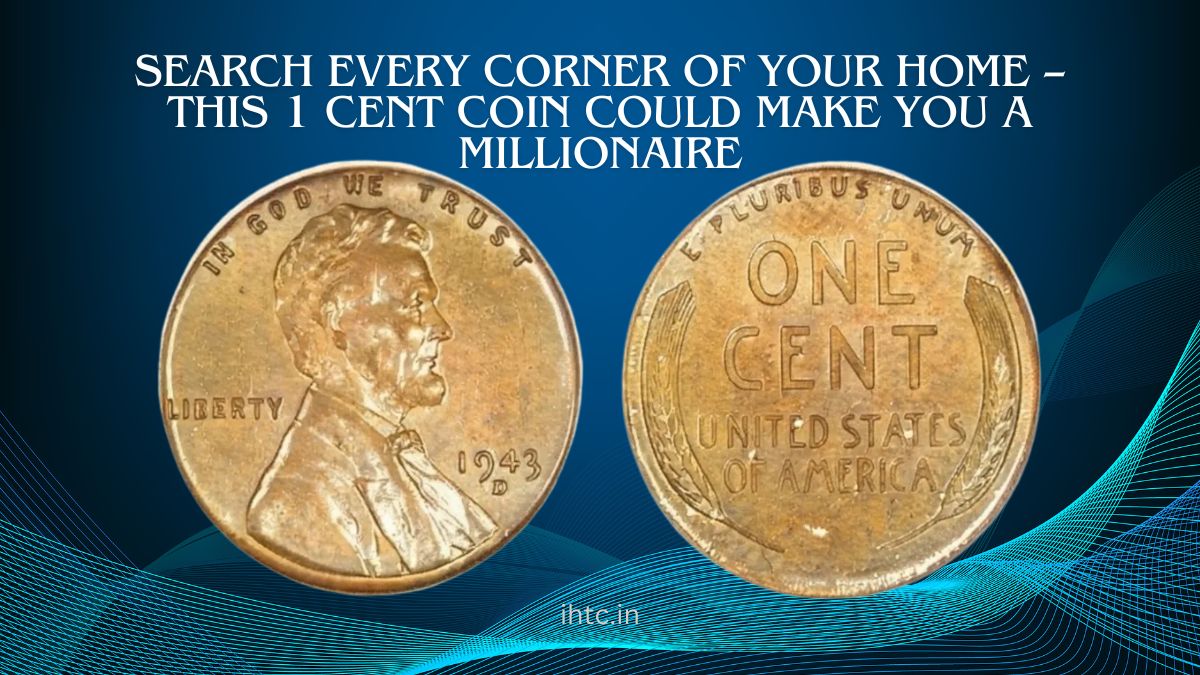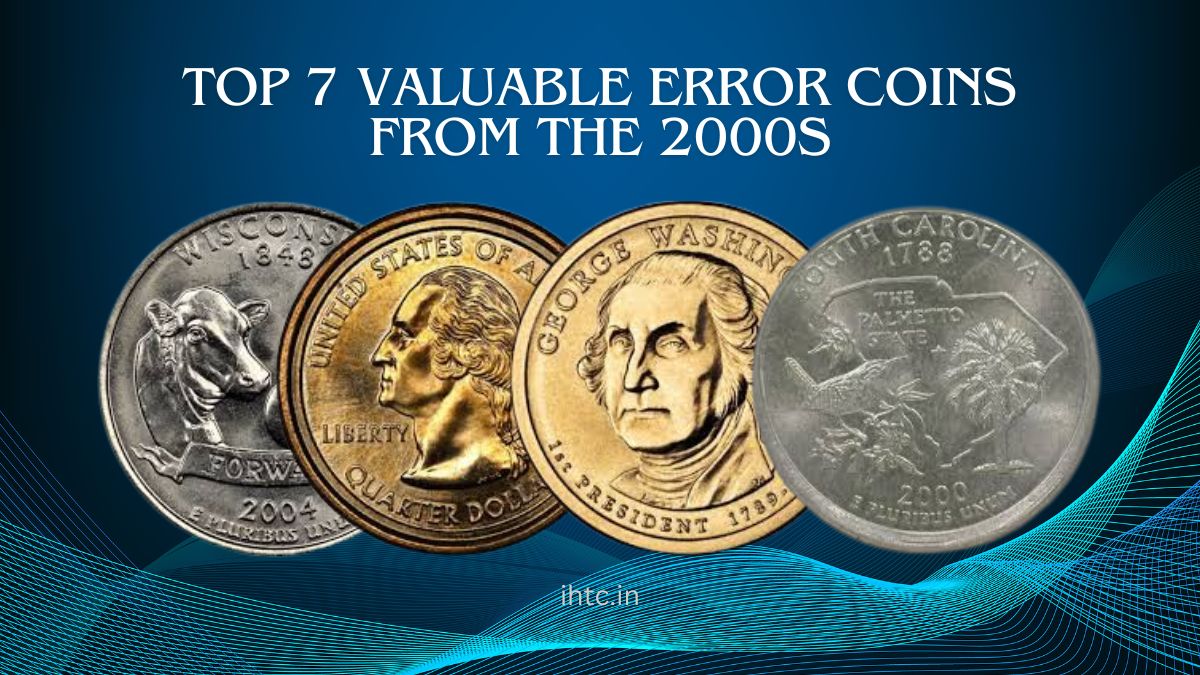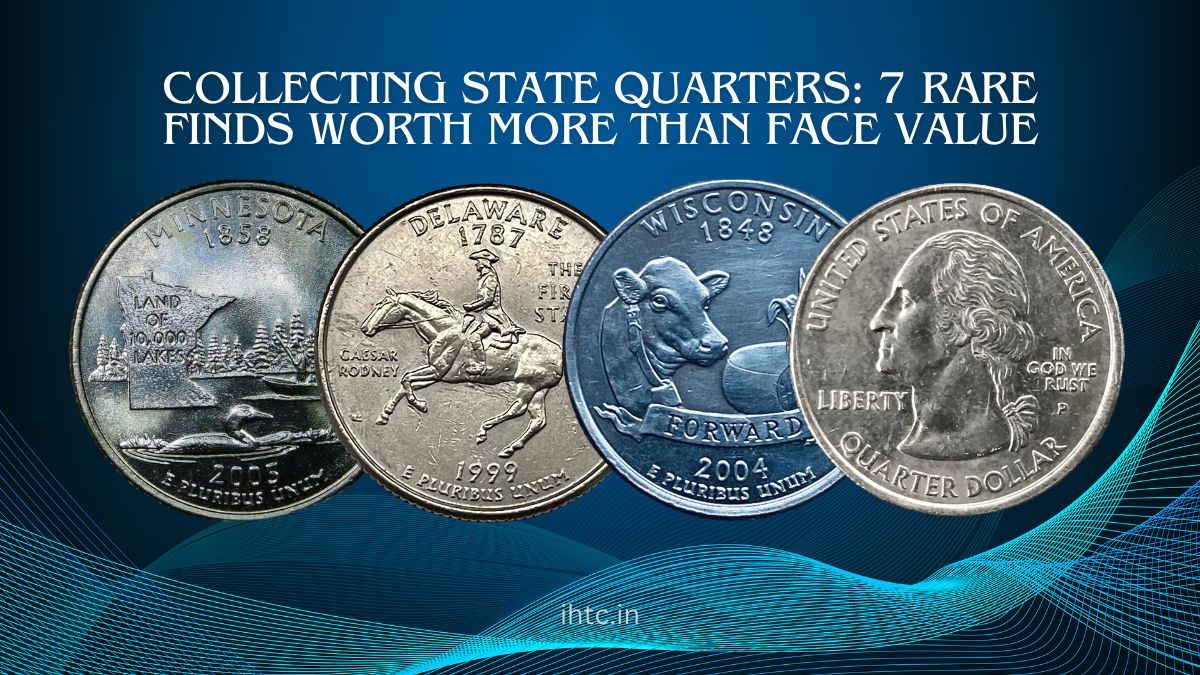The 1776-1976 Bicentennial quarters hold a unique place in U.S. numismatics, crafted to commemorate the 200th anniversary of American independence.
Though millions were minted and remain in circulation today, certain variations and rare conditions make some Bicentennial quarters extremely valuable.
This article explores their origins, varieties, and values, making it an essential guide for collectors.
Origins of Bicentennial Quarters
The U.S. Mint began production of Bicentennial quarters in 1975, which continued through 1976. To mark this historic occasion, the traditional eagle design on the quarter’s reverse was replaced with an image of a colonial drummer, designed by Jack L. Ahr.
Meanwhile, the obverse retained George Washington’s profile, but with a notable difference: the dual date 1776-1976 to signify the Bicentennial celebration. These quarters were minted at three locations: Philadelphia (no mint mark), Denver (“D”), and San Francisco (“S”). Interestingly, no quarters were minted with the year 1975—every Bicentennial quarter bears the dual-year inscription, enhancing their historical value.
Varieties and Values of Bicentennial Quarters
While most Bicentennial quarters are still commonly found in circulation, specific varieties and high-grade conditions can fetch significantly higher values.
The coin’s value is influenced by factors like the minting location, coin condition, and any minting errors. Below is a breakdown of varieties and their approximate values.
Philadelphia and Denver Circulation Quarters
The Bicentennial quarters minted in Philadelphia and Denver are composed of cupronickel clad and were minted in large quantities.
While circulated coins usually hold their face value of 25 cents, uncirculated examples in MS65 condition are valued at around $6. Coins in MS67 condition have been valued as high as $127, and those in MS68 have reached over $6,000 at auction.
San Francisco Silver Proof Quarters
San Francisco produced 40% silver-proof quarters specifically for collectors. These coins are especially sought after for their composition and limited minting.
Proof coins in Deep Cameo condition graded PR70 can fetch between $77 and $93 due to their high quality and limited availability.
Rare Error Varieties
Coins with minting errors are some of the most coveted by collectors. One notable error in Bicentennial quarters is the double die obverse (DDO), where parts of the design appear duplicated due to a minting mistake.
A 1976-D Bicentennial quarter with a DDO error was sold at auction for $8,400, showcasing the premium value of such rare finds.
| Mint Location | Composition | Mintage | Approximate Value (MS65) |
|---|---|---|---|
| Philadelphia | Cupronickel clad | 809,784,016 | $6 |
| Denver (“D”) | Cupronickel clad | 860,118,839 | $6 |
| San Francisco | 40% Silver Proof | 11,000,000 | $7.50 |
| San Francisco | 40% Silver Deep Cameo Proof | 4,000,000 | $9 |
Historical Importance of Bicentennial Quarters
The Bicentennial quarters hold considerable historical significance, produced during the United States’ celebration of its 200th anniversary. The unique design and the limited minting period (1975-1976) elevate their collectability.
The dual date of 1776-1976 and the depiction of a colonial drummer set these quarters apart from the typical Washington quarter, making them a special part of U.S. history.
Moreover, the inclusion of 40% silver in some of the coins further enhances their desirability for collectors who seek both historical and intrinsic metal value.
Noteworthy Auction Sales of Bicentennial Quarters
Bicentennial quarters have achieved remarkable prices at auctions, underlining their appeal to collectors. Some significant sales include:
- A 1976-S Silver Proof quarter sold for $13,500 in 2019.
- A 1976-D Bicentennial quarter featuring a DDO error sold for $8,400 in 2023.
These auction results underscore the high value placed on flawless condition coins and rare minting errors.
FAQs
1. What makes Bicentennial quarters valuable?
Bicentennial quarters can be valuable due to minting location, condition, or rare minting errors. Coins in higher mint states or those with errors like the double die obverse can fetch significantly higher prices.
2. Are Bicentennial quarters made of silver?
Some Bicentennial quarters, particularly those minted in San Francisco, were produced with 40% silver and are considered more valuable than their cupronickel counterparts.
3. How do I know if my Bicentennial quarter is valuable?
To determine the value, you must consider the coin’s condition (graded on a Mint State scale), mint location, and whether any minting errors are present. High-grade, error-free coins and those in Deep Cameo condition tend to be worth more.
4. Are Bicentennial quarters still in circulation?
Yes, most Bicentennial quarters remain in circulation, though the ones with special characteristics (high mint state or errors) are more valuable and often held by collectors.
5. Where can I sell a valuable Bicentennial quarter?
Valuable Bicentennial quarters can be sold at coin auctions, through coin dealers, or on reputable online platforms like eBay. Getting a professional appraisal is recommended to determine the coin’s market value before selling.
